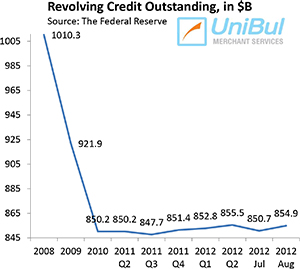E-Commerce Transaction Currency Conversion

The e-commerce offers merchants the ability to reach out to consumers all over the world. Some web-based businesses have preferred to remain local and serve their own country, mainly for fears of fraud and issues with shipping to some countries. Some products are more susceptible to fraud than others as well. Yet, many other merchants have fully embraced the brave new world of e-commerce and have made their merchandise available to everyone willing to buy it, regardless of where they live.
Apart from adjusting their marketing and sales campaigns to address the cultural uniqueness of each region of their worldwide market, e-commerce organizations must comply with additional requirements. The transaction currency the merchant accepts and the rules governing the currency conversion process is one example. Credit cards and various other non-cash methods enable merchants to accept payments from consumers all over the world, regardless of the local currency. However, whatever type of currency is used to complete the transaction, the customer will see the charge in his or her statement in the local currency.
In order to avoid confusion or misunderstanding, the merchant will have to provide the customer with an estimate of the sale’s amount in local currency. Be advised that you cannot actually convert transaction amounts into a different currency. This is done by your processing bank and the bank will do in accordance with its own rules and procedures. What you can do is to provide an estimate of the equivalent amount in a different currency and you must label them as being listed for information purposes only. Following is a list of requirements and best practices regarding the management of transaction currencies in e-commerce transactions.
- Provide a full disclosure to customers, on the check-out page of your website, of the country your business operates in and of the currency used for the purchase. Remember that the currency of your settlements is the transaction currency and you cannot convert currencies. The currency must be clearly stated on your website’s payment page, particularly if the currency is not unique. For example a dollar may be an Australian, New Zealand, Hong Kong or U.S. dollar.
- Clearly display all information relating to the Dynamic Currency Conversion (DCC) service on your website, if applicable. DCC gives cardholders the option of either paying for products or services in their own billing currency or in the merchant’s currency. DCC is an optional service that is facilitated by the merchant at the point of sale through support provided by the processing bank or by a third party.
- Require that cardholders indicate whether they accept or decline using the DCC service. This selection can be done by checking one of two boxes, one to accept DCC and one to decline it. When cardholders select DCC and check the appropriate box, all transaction receipt statements should be displayed on the screen and include all required information.
Image credit: Stormvest.no.


